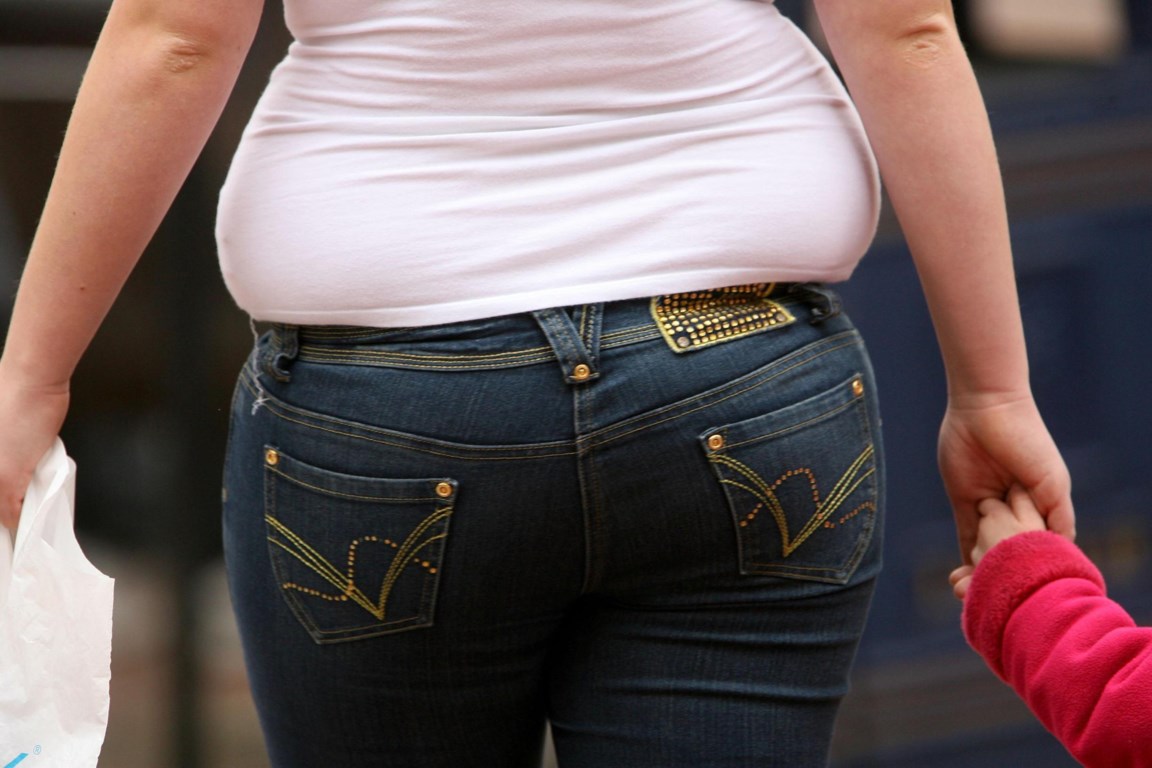People living in Europe and North America consumed the highest average of calories per day, and are once again way ahead of the recommended energy intake, the UN Food and Agriculture Organization (FAO) showed in its latest annual statistics report.
The average dietary energy supply (DES) per person globally increased by a full 9% on average to 2,960 per day between 2019 and 2021 (compared to the energy intake between 2000 to 2002). This trend is mirrored in the rise in obesity, but the report highlighted that this increase was divided unequally, as the prevalence of undernourishment has also increased globally.
"The finding is in line with a trend showing that people in all regions of the world have been eating more calories since the year 2000," the report read.
The recommended average intake of energy depends on a person's gender, age and level of physical activity, however, the general estimation is that an average man should consume 2,500kcals per day, while women should eat around 2,000kcals. The average figure is important here, as some days this intake may be higher or lower that the recommended figure.
Global disparity in nutrition
People both in Northern America and Europe have consumed around one-third more than the recommended average energy intake in the past two decades, and last year consumed the most calories of all regions in the world, at 3,540 kcal per day.
This is reflected in the obesity rates, which the World Health Organisation (WHO) warned have reached “epidemic” proportions across Europe and are still rising, resulting in obesity and being chronically overweight being among the leading causes of death and disability in the continent.

Credit: Belga/ Anthony Devlin
"Obesity among adults of 18 years and above increased rapidly in every region of the world between 2000 and 2016, when 13.1% of the adult population in the world was obese (8.7% since 2000)," the FAO report read. The global figure in part hides the global imbalance, as it is mainly driven by Oceania and Northern America and Europe, which have the highest prevalence of adult obesity (both at around 27–28%).
Meanwhile, the population of African nations consumed the least, namely 2,600 kcal per day. Moderate or severe food insecurity is much higher in Africa than in any other continent, affecting 57.9% of the population in 2021. In Northern America and Europe, the only region in the world where food insecurity decreased since 2014, this figure sat at 8%.
Related News
- Sale of unhealthy food near schools under fire as childhood obesity rises
- First Belgian hospital recognised as centre of excellence for childhood obesity
While the highest and fastest increase in DES was recorded in Asia, where it went up 14% over the last two decades, its prevelance of undernourishment (PoU) is the second highest — Asia is home to 55% of the world’s hungry people — due to its large population base. The number of hungry people on the continent declined by 36% between 2000 and 2019 but increased rapidly in the past two years, hitting 425 million.

